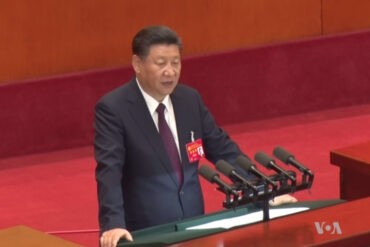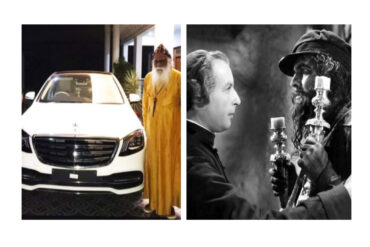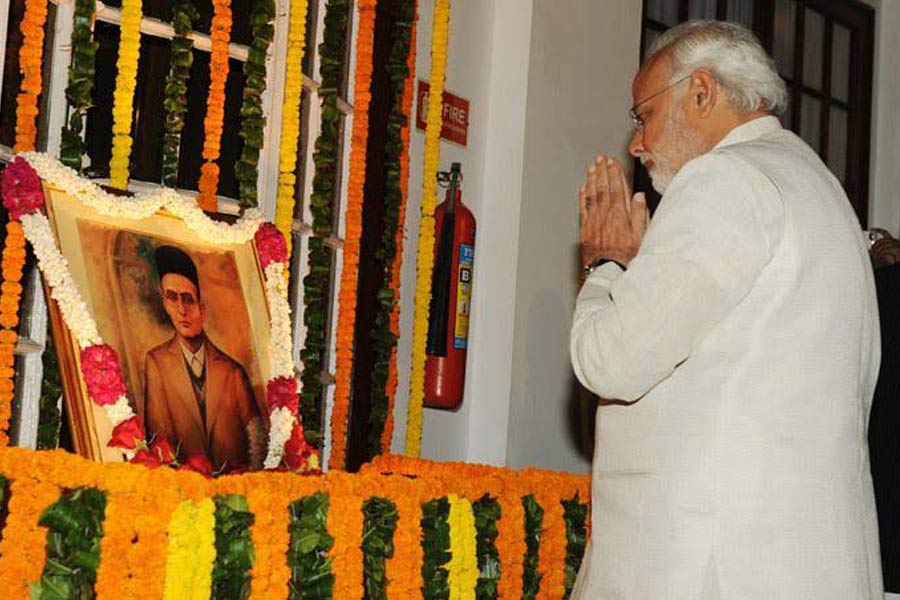On November 14, 1913, Vinayak Damodar Savarkar, detained then in the Cellular Jail, Andamans, handed over a petition to Home Member, Sir Reginald H Craddock, then on his visit to the jail, wherein he held: “Now, no man having the good of India and humanity at heart will blindly step on the thorny paths which in the excited and hopeless situation of India in 1906-1907 beguiled us from the path of peace and progress.” Savarkar had sent in an appeal earlier in 1911 and would send three more in 1914, 1918 and 1920.
The one he had handed over to Sir Craddock in November 1911 is reproduced among a large number of records pertaining to the prisoners held in the Cellular Jail in the early decades of the twentieth century by R C Majumdar in a 1975 publication.
Savarkar was convicted on the charge of having aided Madan Lal Dhingra, the one who shot dead Sir William Curzon Wyllie who had earned notoriety for acts during his long years in India as a British army officer and, for assisting Anant Kanhere in killing of the District Magistrate and Collector of Nasik, A M T Jackson on December 29, 1909. Savarkar was sent to India to face trial; he had escaped, jumping ship at Marseilles, only to be caught again—a summary trial after landing on Indian shores took him to the Cellular Jail. The conviction was spelt out on December 14, 1910 and he was held in the Andamans until April 1921 when he was shifted to the Ratnagiri prison and later to the Yerwada Central Jail. He was finally released on 6 January 1924.
As he did in the November 1913 petition, Savarkar committed himself to the ‘constitutional course’ and said this in so many words: “I am sincere in expressing my earnest intention of treading the constitutional path and trying my humble best to render the hands of the British dominion a bond of love and respect and of mutual help…” One would wonder whatever he meant by the constitutional path given that the colonial government, in this time between 1911 and 1920, was notorious for pushing Indian recruits to the battlefields in West Asia. This phase culminated with the promulgation of the draconian Rowlatt Act and the massacre at the Jallianwala Bagh on April 13, 1919.
Be that as it may, and Vikram Sampath, among Savarkar’s biographers, has argued that Savrakar did write those petitions and yet he did not mean all that he wrote and that it was a strategic move. It is another matter that there is very little evidence of Savarkar having engaged in any subversion of the colonial regime any time later after his release from jail.
Savarkar remained to steer the Hindu Mahasabha, and the Hindu Mahasabha was categorical in its dissociation from the struggle for freedom. It fielded candidates in the Provincial Assembly elections in 1937 (won resoundingly by the Indian National Congress), won a considerable number of seats in the Bengal, Sindh and North West Frontier Province (NWFP), and later formed coalition Governments in Sindh and NWFP with the Muslim League in 1939, after the Congress ministries resigned en masse in protest against Viceroy Lord Linlithgow’s action of declaring India’s participation in the Second World War without consulting it. The Hindu Mahasabha’s boycott of the Quit India movement under Savarkar and his letter to the members of his party titled “Stick to your posts” is also legendary.
And yet, it is most likely that Savarkar will join those 48 personalities who have been awarded with India’s highest civilian award: Bharat Ratna. The manner in which the Savarkar tale has unraveled in recent years and culminated, so to say in the promise to confer him with Bharat Ratna, is clearly a sign of the discourse in the times we live in: Post-truth. The scope or relevance for debate based on facts or even counter-factual, essential while dealing with events of the past and personalities, is denied in the times we live.
Post-truth works on emotions and that is where such evidence as re-produced by R C Majumdar involving Savarkar, during the decade he was held in the Cellular jail got overwhelmed by narratives and visuals spun in recent decades. For instance, the 1996 rendering of the sage of the jail and its prisoners by Priyadarshan in the film Kaalapani, where Annu Kapoor played V D Savarkar told us a story that was far too different.
The context in which the BJP has promised the award is just as important. The party chose to say this in its manifesto of the State Assembly elections in Maharashtra, where Savarkar hailed from, lived his life and died in ignominy in 1966.
More than the mercy petitions, it was his alleged role in the conspiracy hatched to eliminate the father of the nation that rendered him an irrelevant figure in politics despite having lived for nearly two decades after India’s Independence. Savrakar’s Lieutenant Shyama Prasad Mukherjee quit the Hindu Mahasabha in the wake of the assassination of Mahatma Gandhi and later floated the Bharatiya Jan Sangh, the precursor to the ruling Hindu nationalist Bharatiya Janata Party (BJP).
Savarkar was acquitted from the Gandhi murder merely on “technical grounds” as the statements of approver Digambar Badge couldn’t be corroborated during the trial. According to Badge, on 17 January 1948, Nathuram Godse went to meet Savarkar in Bombay before the assassination. While Badge and Shankar waited outside, Godse and Narayan Apte went in. On coming out, Apte told Badge that Savarkar had blessed them “Yashasvi houn ya” and predicted Gandhi’s 100 years were over and there was no doubt that the task would be successfully accomplished.
Although Savarkar was acquitted for want of corroborating evidence then, despite the availability of such crucial evidence with the Bombay Police as it later turned out, it finally came up during the Jeevanlal Kapur Commission inquiry constituted in 1964. At the end of his investigation, Justice Kapur concluded: “All these facts taken together were destructive of any theory other than the conspiracy to murder by Savarkar and his group.”
To imagine a man who is still under a cloud of suspicion—to put it mildly—for conspiring to assassinate Mahatma Gandhi being bestowed with the Bharat Ratna, is nothing short of a travesty. It is also a tacit admission of the current regime of its inglorious legacy and links with their Hindu Mahasabha forebears, whose complicity in the murder of the Mahatma will forever remain etched in the nation’s consciousness. That the rulers of the current dispensation think nothing much about taking the names of Gandhi and Savarkar in the same vein and the fact that they find acceptance for it from a vocal crowd speaks of the times we live in: Post-truth.
Edited by Anand Kochukudy







